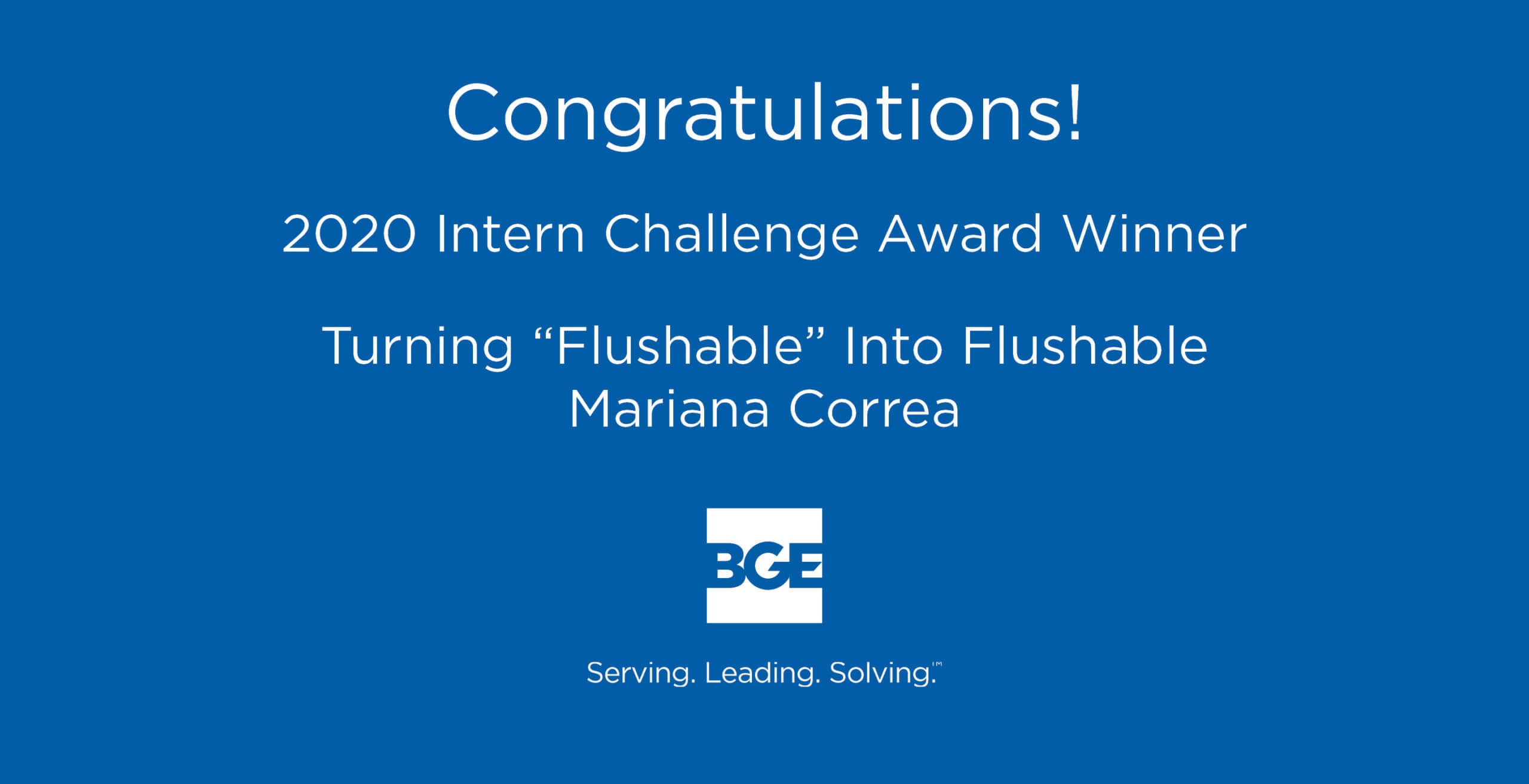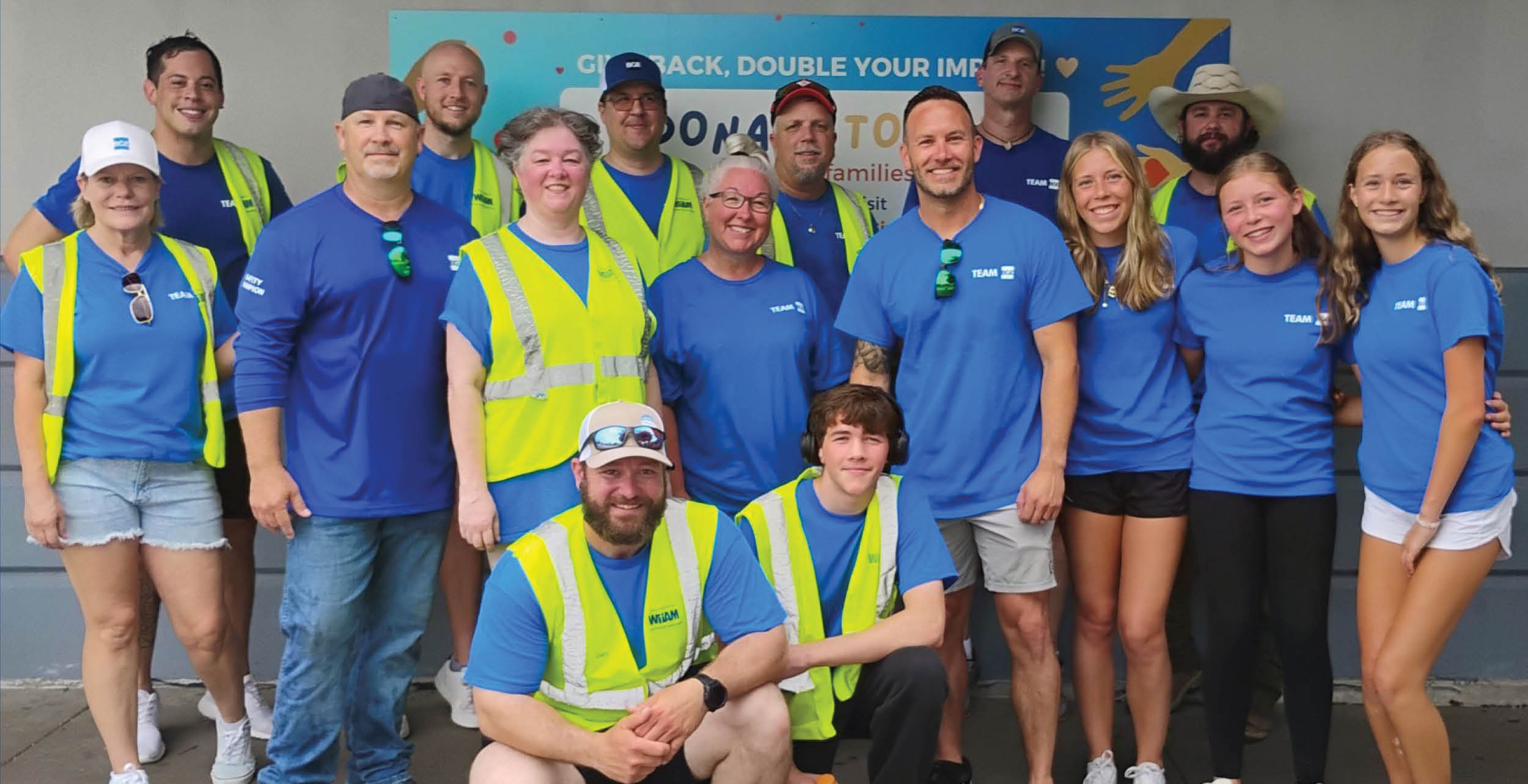As part of our summer internship program, interns were challenged to create an idea they believed would change the world. They were instructed to share a brief written description as well as a one-minute video that depicts their idea. A total of 20 interns submitted their idea for review, all of which were impressive. The ideas included solar-powered desalination plants, construction visualization helmets, bioluminescent algae systems and more.
However, only one idea can be the winner, and the mind behind this year’s winning idea is Mariana Correa. She is a civil engineering major at Texas A&M University of Kingsville and a summer intern in BGE’s Houston region Public Works department. To learn more about her award-winning idea, see below for her official publication and video submission.
Turning “Flushable” Into Flushable
Mariana Correa
(Click the link below to access the complete editorial)
Intern Challenge – Mariana Tommasi Correa
Small actions, when taken by a great number of people, can impact the world. However, this is true of actions that have both good and bad outcomes. There are over 300 million wipes that are flushed into our sanitary sewer system every day. Most of these wet wipes are made of polyester, and when mixed with grease and fat, a hardened material is formed, clogging pipes and causing illegal discharges of untreated sewage to our rivers and streams. Wipes are a major contributor to the increasingly common and expensive issue of “ragging” or clogging lift station pumps in sanitary sewer systems. The term “flushable” on wet wipe packaging causes a misunderstanding among users that it’s okay to flush wet wipes down the toilet a couple times every day. The wipes can go down the drain, but that does not mean that they should be flushed.
While toilet paper easily disintegrates when saturated, wet wipes are designed to be saturated. The solution for this issue is to develop a wipe that begins dissolving when in contact with the high concentrations of ammonia that are found in municipal wastewater. The invention will ensure that sanitary sewer systems are maintained under safe and usable conditions, will be compatible with wastewater treatment system needs, and it will become unrecognizable in a matter of minutes, resulting in a safe disposal. It will take research and tests to understand what the best and safest material is to resolve the issue while maintaining user and environmental safety.
- On average, two to three, 5-gallon buckets of wipes are removed every week from each (sewage) pump station
- Some pumps need to be pulled twice every day to remove ragging
- It can cost up to $1,000 to de-rag a pump. Guess who pays for public utilities? You and I – the taxpayer!




